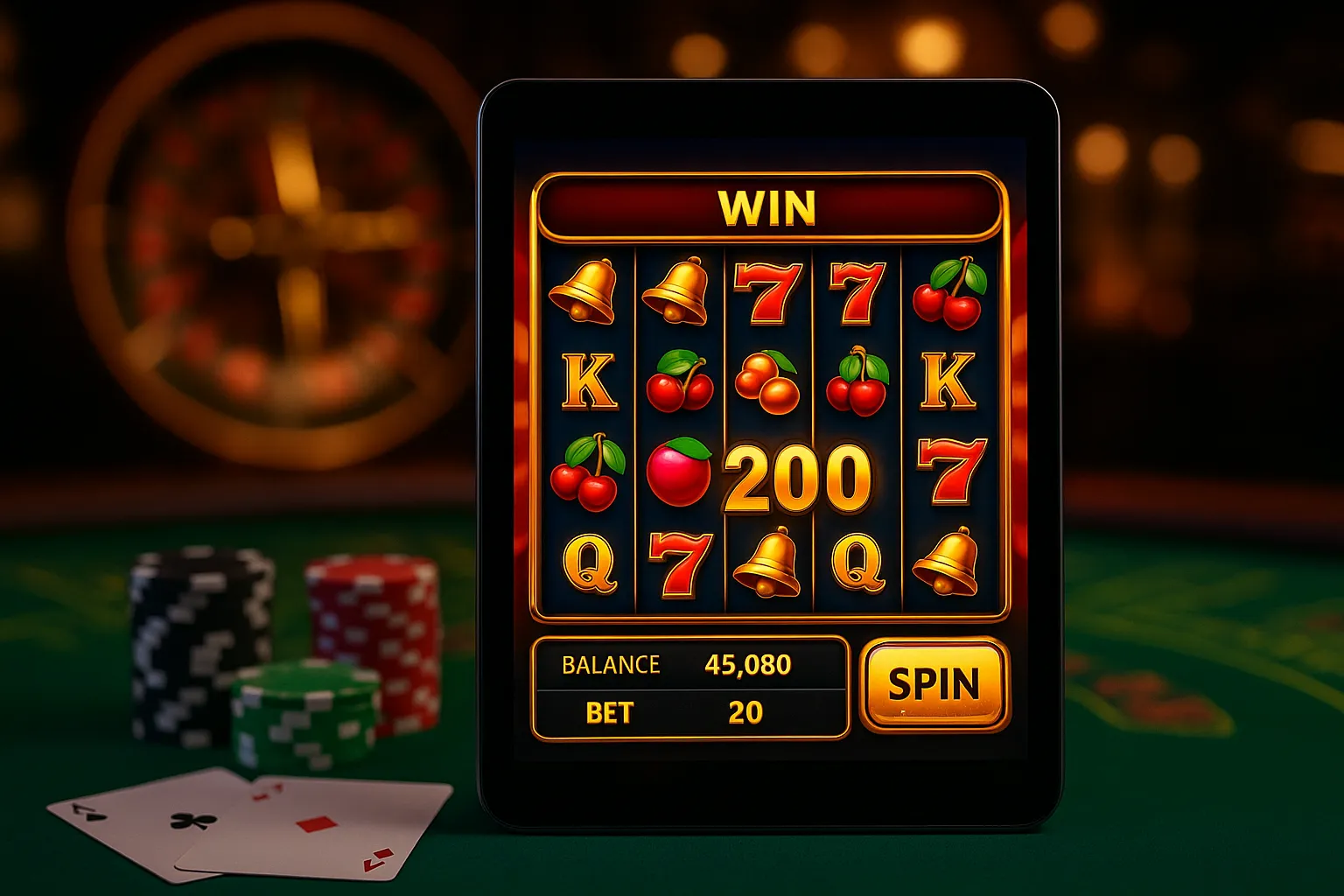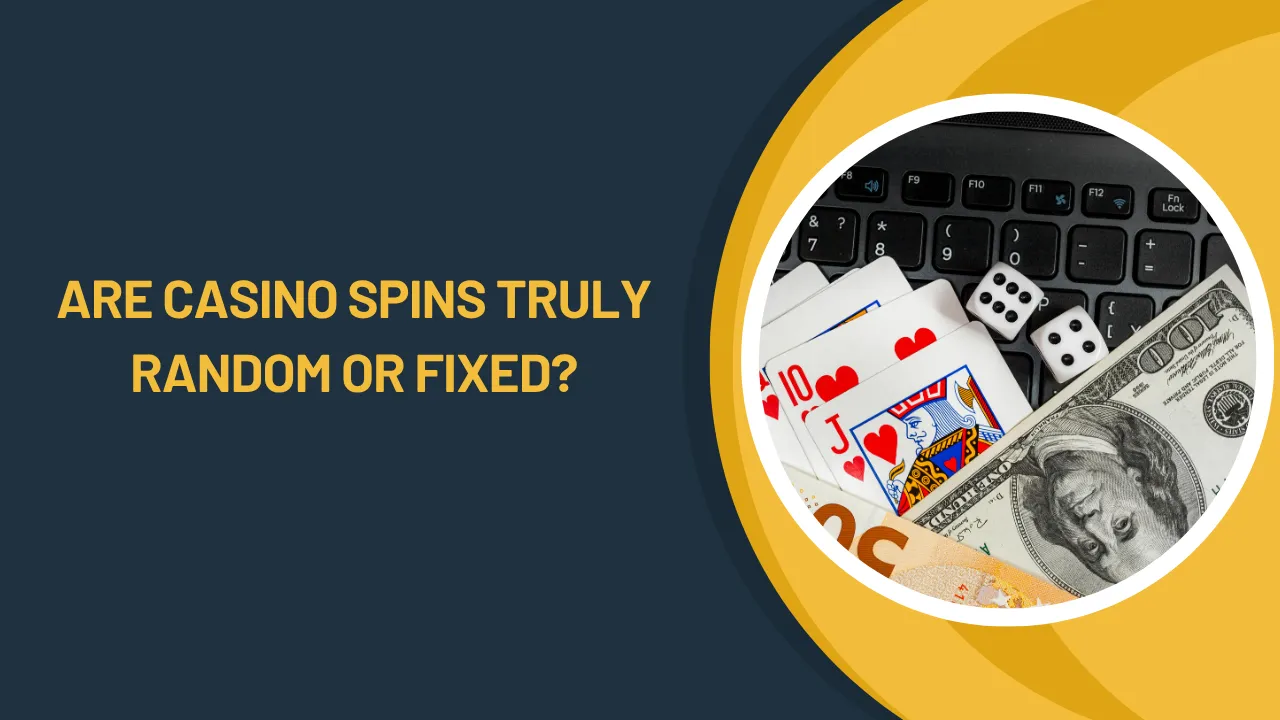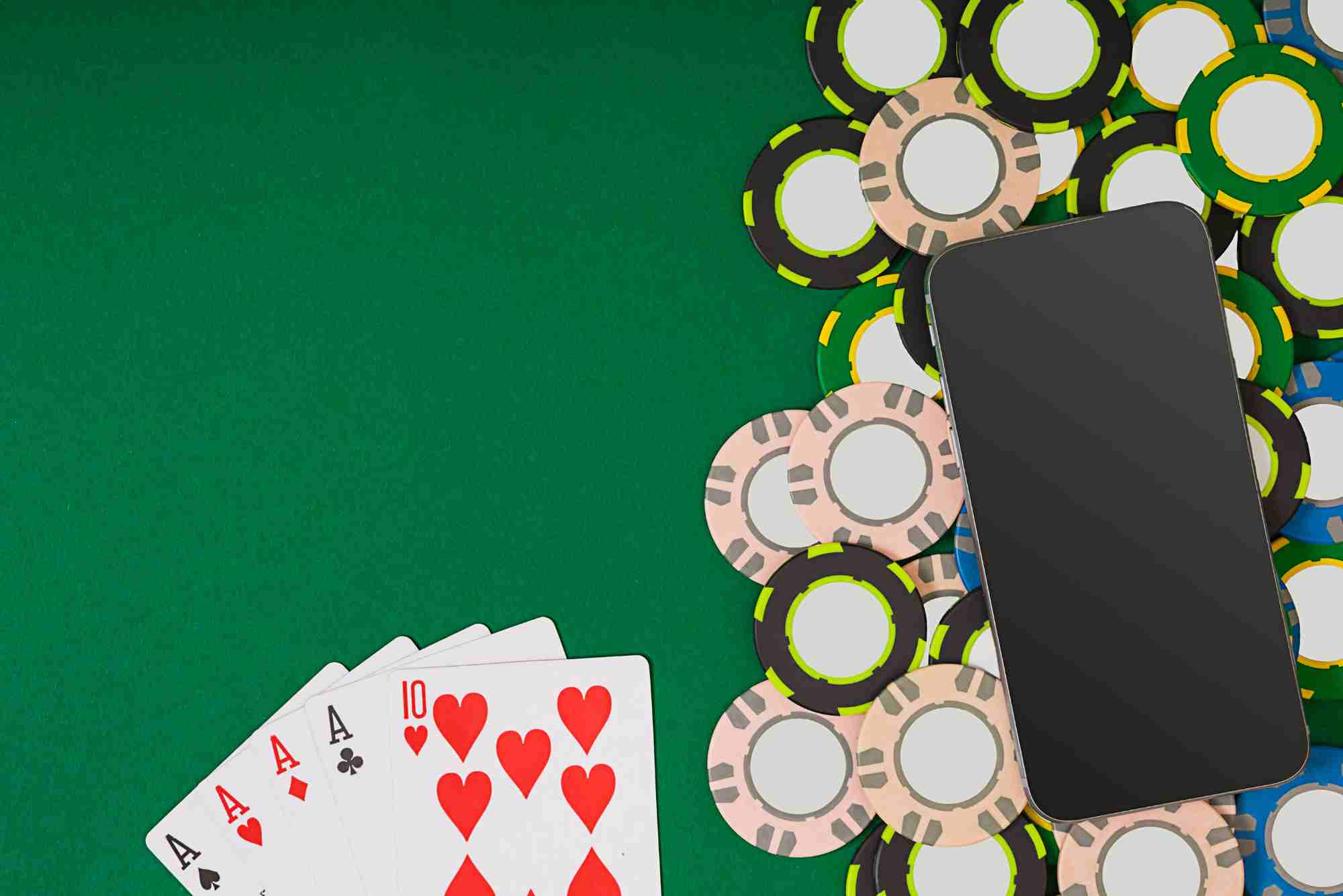The thrill of hitting a massive jackpot is at the heart of what makes slot machines so irresistible. Yet, if you’ve ever browsed through game rules, you might have noticed a cap on the biggest possible win. Why do slots impose maximum payouts when it seems that astronomical rewards would draw in even more players? As someone who’s spent countless hours spinning reels—both in land-based casinos and on mobile—it’s a question that has intrigued me for years. Unpacking this reveals a careful balancing act between game design, regulatory requirements, and sustainable player experience.
The Role of Regulations in Setting Max Bet Limits
Regulators and licensing bodies around the world mandate certain rules to ensure fair play and responsible gaming. One of those rules involves setting maximum bet limits, which in turn directly influences the maximum possible win on any given spin. By capping how much a player can wager per line or per spin, regulators aim to prevent reckless gambling behaviors that could lead to significant financial losses in a single moment of high-stakes play. These rules also protect operators and the broader casino ecosystem by ensuring payouts remain within predictable, manageable ranges.
In the UK, licensed casinos must comply with regulations enforced by bodies such as the UK Gambling Commission. When you visit popular New online slots like those listed at Cwdcouncil, you’ll notice that each game clearly states its bet range and maximum win potential. This transparency is not just good practice; it’s a legal requirement designed to keep play sustainable and protect both the player and the operator.
Game Design, Volatility, and Max Win Mechanics
Behind every slot machine is an RNG—Random Number Generator—that determines outcomes. The game’s volatility level, defined by how often wins occur and how large they can be, is integral to calculating the theoretical maximum win. Developers carefully set pay tables, symbol combinations, and bonus features so that the house edge remains intact over millions of spins.
High-volatility games can offer eye-watering max wins, sometimes dozens of thousands of times the initial bet. But they also come with lower hit frequencies. By capping that top reward—often expressed as a multiple of your stake—developers protect the long-term stability of the game’s payout model. Exceedingly high uncapped wins might sound attractive, but they risk unbalancing the return-to-player (RTP) percentage, which is tightly regulated.
Protecting the Casino Bankroll and Player Experience
When a slot pays out a huge win, it’s not just a single transaction—it’s one part of a delicate ecosystem. For land-based casinos, a massive unwieldy payout could strain the casino’s daily cash reserves. Online operators buffer this risk by pooling bets across thousands of players and using insurance or reserve funds for progressive jackpots. Even so, a cap on the maximum win ensures that neither the operator nor the insurer faces an unexpected, unsustainable liability.
From a player’s perspective, knowing there’s a max win can actually be reassuring. It means the game won’t suddenly gobble up the casino’s funds and vanish or alter its payout structure overnight. It also prevents extreme swings in your gameplay session—there’s a thrilling jackpot ceiling, but it’s one you can realistically chase, rather than a mythical, unfeasibly large prize that only exists on paper.
Differences Between Fixed Jackpots and Progressive Slots
Not all jackpots are created equal. Fixed-jackpot slots come with predetermined caps. You know from the start exactly what the biggest payout could be. Progressive slots, on the other hand, pool a tiny percentage of every wager across multiple machines or sites, growing until someone hits the jackpot. Even here, there’s often a theoretical cap or insurance arrangement, although it can be so high that it feels limitless.
Developers and operators of progressive titles must negotiate complex legal and financial agreements to sustain these jackpots. Capping or insuring the top prize ensures that when the big win happens, the funds are available, and subsequent contributions can start growing the next jackpot without hurting the casino’s bottom line.
Impact of Max Wins on Player Strategy
Knowing a game’s maximum win can actually influence how you approach slot play. If you’re chasing a capped jackpot, you might adjust your bet size to ensure you’re eligible for that top prize. Some casinos even restrict the max win to only full-pay bets or to players who stake the maximum number of lines. A practical example from my own experience: I once played a popular branded slot that offered an attractive 10,000× max win, but only if I wagered the maximum allowed bet. Once I realized this, I shifted my strategy to hit that threshold, dramatically increasing my excitement every spin.
This interplay between strategy and cap also ties back to volatility. High-volatility games with high caps are ideal for a smaller number of spins with bigger stakes, while lower-volatility games encourage longer sessions at modest wagers.
Why Some Platforms Offer Higher Max Wins
If you browse different New online slots, you’ll notice variation in max-win offerings across the same game. This often comes down to the casino operator’s choice of RTP version or bonus boost settings. Some operators opt for slightly lower RTP but advertise a higher max win to attract thrill-seeking players. Others stick to baseline settings, emphasizing steadier returns. Always check a site’s terms and game settings, because your potential jackpot could vary by operator even if the game looks identical.
It’s also worth noting that patent-pending mechanics—like Megaways or cascading reels—can alter win potential by changing the number of paylines dynamically. In those cases, developers still cap the theoretical maximum based on the most extreme combinations of symbols and line configurations.
Regulatory Trends and Future of Max Wins in Slots
As gaming regulation evolves, so do the guidelines around max wins. Some jurisdictions are considering capping maximum losses per session to promote responsible gambling, which could influence how max wins are structured. Meanwhile, technology improvements in blockchain and provably fair gaming could introduce new transparency around maximum payouts, letting players verify the cap and odds on-chain.
For players and operators alike, the future may bring more nuanced game settings, with clearer disclosures around max wins, RTP adjustments, and volatility. The balance will always be between offering enticing jackpots and ensuring a stable, fair gaming environment for all.
Real-World Example: A Tale of Two Jackpots
Let me share a quick personal anecdote. I once played the same branded slot on two different sites—one with a 5,000× max win cap, another boasting 10,000× but slightly lower RTP. On the first, I enjoyed frequent smaller wins and a more relaxed session. On the second, I chased the higher cap, placing max bets and holding my breath on each spin. The thrill was undeniable, but I noticed my bankroll evaporated faster. It highlighted the trade-off: a higher ceiling is exciting, but it can also shift gameplay psychology, often leading to quicker losses.
Final Thoughts on Max Wins in Slots
Max win limits in slots are the product of careful regulation, sound game design, and economic balance. They protect both the player and the casino from unsustainable payouts while preserving the thrill of chasing a big prize. Understanding these limits—and how they vary between fixed and progressive jackpots—can help you make smarter betting decisions and enjoy a more predictable gaming experience.
Next time you spin a slot, take a moment to check that max win cap. It’s more than a number; it’s a window into the game’s architecture, the developer’s intent, and the regulator’s safeguards. And if you find yourself hunting that big jackpot, you’ll do so with the confidence of knowing exactly what prize you’re in the running for.








